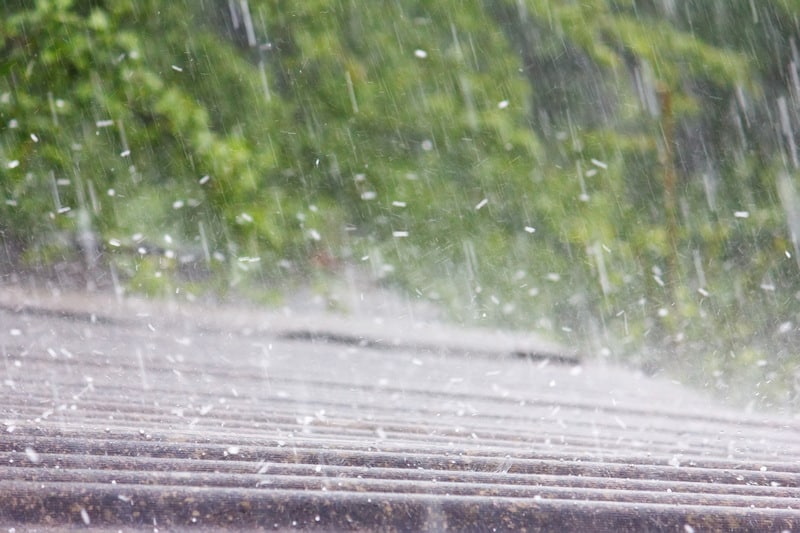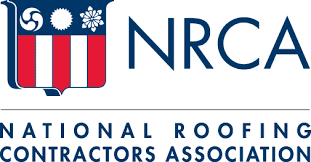Hail damage can be a big hassle and expense
The first thing you do after a strong storm is to look for any signs of damage to your property. Hail damage can effect anything including your vehicle, windows, and even your roof. The extent of damage depends on a variety of factors including the size and density of the hailstone, the type of building material used (different materials get impact differently), protective barriers (such as fences or trees), and the speed of the wind. While it may be easier to spot a dent on your vehicle or a broken window, roof damage may be difficult to assess.
Hail damage to the roof can lead to leaks and other problems requiring expensive repairs. The damage can be cosmetic, functional, or both. Sometimes, it may appear that the damage is only cosmetic but it can be serious. So, it is important to closely inspect the roof after a hailstorm and look for signs of damage. Here are the signs you should watch out for:
Dents/dings in shingles
Dent, dings, or splatter marks on the shingles are a clear sign of hail damage to the roof. Sometimes, these marks are not large enough to be easily noticeable. You may even spot some dents or splatter marks on roof flashing, vents, gutters, and other parts of the roofing.
Broken shingle seals
In some situations, such as when high winds accompany hailstorms, the seals on the shingles can break. The shingles may lift up and the seals may break. When this happens, hailstones can get underneath the seals making it difficult for these shingles to become resealed. It is not uncommon for many seals to break together.
Cracked or broken shingles
When hailstones impact your shingles, it can cause the shingles to crack, which can alter both the function and appearance of the shingles. When the hail size is too large and is accompanied by high wind speeds, the impact can cause the shingles to break and the pieces may fall off.
Granule loss
The impact of the hailstones can cause the shingles to break apart and lose their granules. These granules block ultraviolet radiation and protect the roof. When the shingles lose their granules, the roof felt may be exposed increasing the risk of shingles breaking apart.
Clogged gutters
If hail has caused granule loss, it is likely that gutters will also fill up and clog with these granules. So, overflowing gutters after a storm could be a sign that hail has damaged the roof.
What to do if you notice any signs of hail damage?
If your roof has hail damage, you need immediate professional help. Only a professional roofer can identify the severity of hail damage and recommend steps to fix it. Sometimes, the signs of damage may be so subtle that you may not be able to spot them. A roof inspection may be necessary to assess the actual extent of damage and decide what kind of repairs are needed.
Depending on the extent of the damage, it can be as simple as repairing or replacing a few shingles or as serious as replacing the entire roof.
If ignored, even minor roof damage can turn into leaks or ice dams. This can lead to other serious issues such as mold damage or rotting wood, which can be very expensive to repair. So, early identification of damage and timely repair is the key.
If you are worried about hail or other storm damage, get in touch with us. We can tell you if there is damage that needs to be fixed and give an estimate on how much it will cost. It will take just a minute to schedule a roof inspection.




